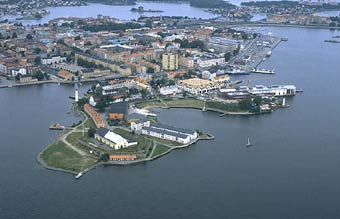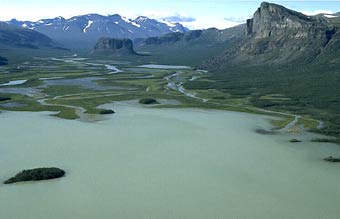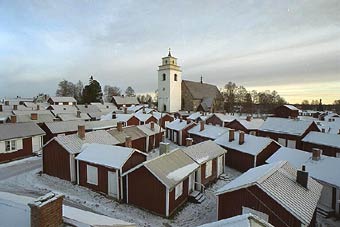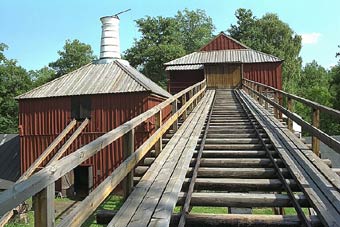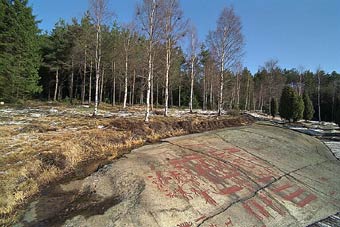FULL ARTICLE – https://doi.org/10.1002/wcc.710
Elena Sesana Alexandre S. Gagnon Chiara Ciantelli JoAnn Cassar John J. Hughes
First published: 04 May 2021 https://doi.org/10.1002/wcc.710
Edited by: Timothy Carter, Domain Editor, and Mike Hulme, Editor‐in‐Chief
Funding information: University of the West of Scotland
Climate change, as revealed by gradual changes in temperature, precipitation, atmospheric moisture, and wind intensity, as well as sea level rise and changes in the occurrence of extreme events, is already affecting cultural heritage sites. Accordingly, there is a rapidly increasing body of research reporting on the impacts of climatic stressors on cultural heritage and on the assessment of climate change impacts on cultural heritage assets. This review synthesizes the international literature on climate change impacts on tangible cultural heritage by developing hazard‐impact diagrams focusing on the impacts of gradual changes in climate on: (1) the cultural heritage exposed to the outside environment, (2) the interiors of historical buildings and their collections, and (3) a third diagram associated with climate change and the impacts due to sudden changes in the natural physical environment (e.g., storm surges, floods and landslides, wildfire) in addition to sea level rise, permafrost thawing, desertification and changes in the properties of the oceans. These diagrams, which depict the relationships between various stressors and their impacts on cultural heritage, will allow other researchers, stakeholders, and potentially decision makers to determine the potential impacts of climate change on a specific cultural heritage asset without a separate examination of the literature. This review thus provides the current state‐of‐the‐art on the impacts of climate change on the tangible, built heritage, that is, monuments, archeological sites, historical buildings, as well as their interiors and the collections they hold, highlights the limitations of previous research, and provides recommendations for further studies.


